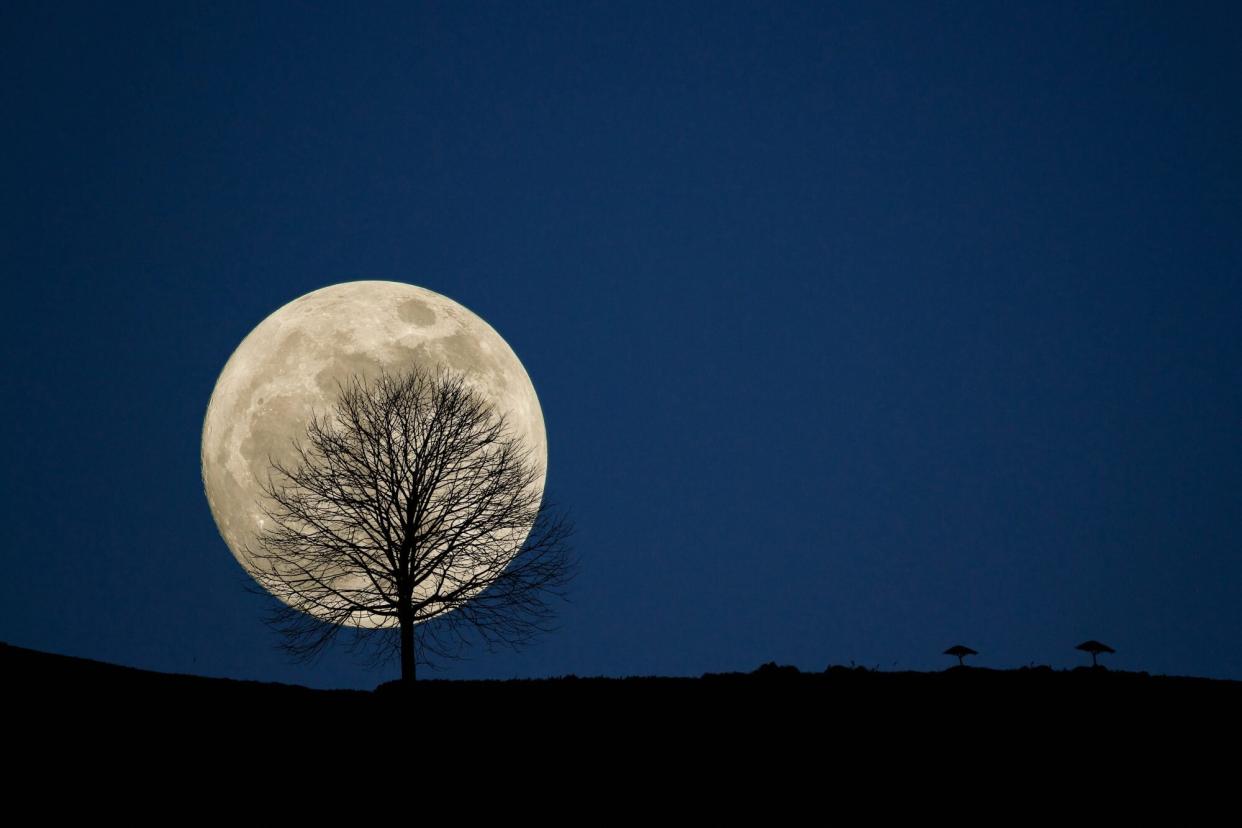The First Full Moon of 2023 Will Peak This Week—Here's When to See January's Wolf Moon

Jasmin Merdan / GETTY IMAGES
Calling all stargazers: The first full moon of the new year, called the Wolf Moon, will rise in the night sky this week. The Wolf Moon gets its moniker from Native American tribes dating back hundreds of years, as wolves would howl outside of villages, according to the Old Farmer's Almanac.
This year, the Wolf Moon will be a "micromoon," the opposite of a "supermoon." This is because the full moon will be furthest from the Earth—252,600 miles away, to be exact—as opposed to the closest when it's a supermoon.
Related: Scientists Grew Plants in Moon Soil Collected During the Apollo Missions: "We Were Amazed"
You can spot the Wolf Moon on January 6 at 6:08 p.m. ET on the northeastern horizon in the United States. According to Space.com, the moon will rise nearly 25 minutes before the sun sets, which will take place at 4:43 p.m. ET. Since it is a micromoon, consider pulling out your binoculars or other stargazing equipment to get the best possible view. And to calculate the exact time to see the Wolf Moon in your area in the world, use this Moonrise Calculator to make sure you don't miss it.
A full moon takes place when the moon is on the opposite side of Earth in relation to the sun. The moon looks especially bright from our view because of the sun's light reflected from it. The moon will also be at the same rotational point as its orbital period.

